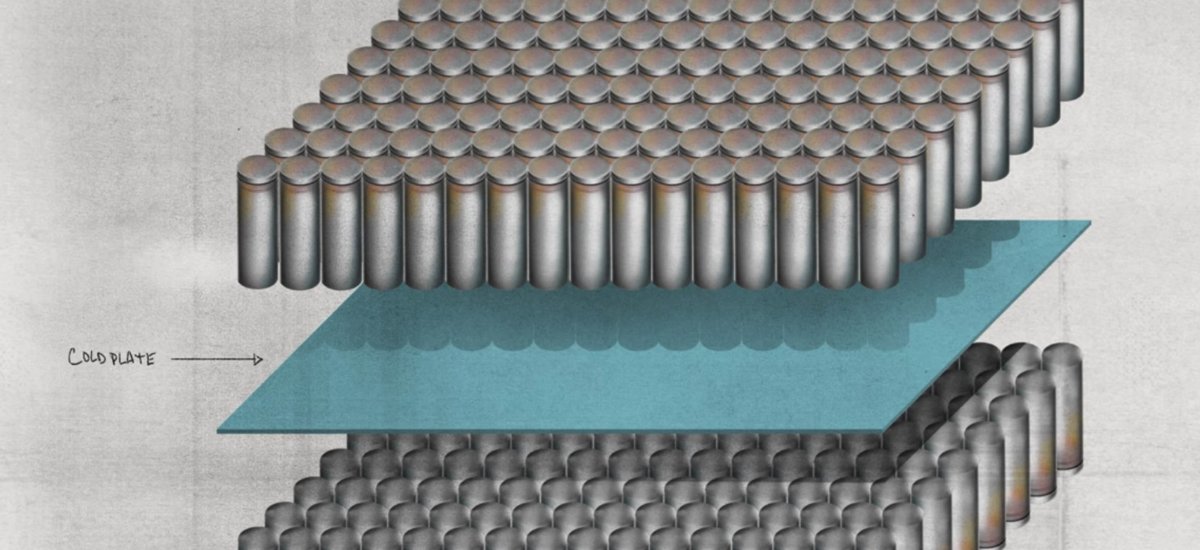
 Your Credit Estimate
Your Credit Estimate
 Your Credit
Your Credit
Your zip code helps us provide you with the most accurate vehicle pricing and vehicle availability.
We estimate your credit score to give you an idea of your monthly payments. To get an accurate payment amount, complete our credit application by clicking the Start Credit Application button below.
start credit application
Electric vehicles (EVs) are all the auto industry is starting to talk about, and honestly, we can’t blame some of the big names going green. Kia Corp debuted its new Kia EV6, an all-electric crossover, Jeep and Ram are starting to join with plug-in hybrids like the Wrangler 4xe and all-electric pickup truck, respectively. Then there are startups like Rivian and Lucid Motors, taking on Tesla directly, and the competition is getting fierce. Automakers are wondering, what makes these EVs so special and why they’re able to achieve such amazing driving ranges, when the modern plug-in hybrid can’t get more than 30 miles on the battery alone. The answer – cylindrical battery cells.
Okay, it’s one of those technical articles – apologies in advance, but we know I can break it down. Tesla, Lucid Motors, and Amazon-backed Rivian all favor cylindrical batteries and cylindrical battery cells over the still popular pouch-style cells. This is just a very fancy way of saying some automakers prefer to use batteries in the shape most consumers are familiar with – cylinders, like Duracell. Pouch style has layers of cells stacked together, and because their enclosures aren’t rigid or hard, they can be customized for various uses.
General Motors is a big backer of pouch style battery cells. Although the automaker admitted to considering a change, it was sure that large-format pouch cells were the clear choice for EV production. Not only does each pouch decrease the number of cells needed, but GM knew it could replace 20 typical cylindrical cells with a single 100-Ah cell. In terms of numbers and money, it makes perfect sense, and GM isn’t alone. Hyundai Motors, the parent group that created the same E-GMP platform the Kia EV6 rides on, favors pouch style cells. Ford Motors is also relying on pouch style cells for its upcoming F-150 Lightning electric pickup.
Like everything in the auto industry, automakers are splitting. Some big names, like BMW and the Volkswagen Group are even looking into prismatic battery cells, known as large sheets of battery connectors (anodes, cathodes) rolled up, making better use of space, but at a large cost for thermal management. Anyone who has used an Amazon Basic product knows how easily a poorly manufactured battery can start a fire, so automakers may want to stay away from prismatic cells and the stress that could damage electrodes during operations.
Tesla CEO Elon Musk has mentioned the probability of thermal runaway with “dangerously high with large pouch cells” and the challenges an automaker could have in keeping them cool. Tesla uses cylindrical batteries in many of its vehicles, and is currently experimenting with prismatic cells, but it’s aware of the technological advantages the former has. Lucid Motors has chosen cylindrical lithium-ion cells due to its thermal attributes as well as the consistency and reliability of cylindrical battery cells. Rivian has gone a step further, with its 2170-format cylindrical cells packed into two layers, separated by a horizontal cooling plate in the middle of the pack for better thermal management, practically negating the worries of overheating.
Deciding on what kind of battery cell to use in EVs is going to become a large engineering problem as automakers continue to make the shift. No one wants to be under fire for a recall, and a battery cell that isn’t stable could be a real problem. Follow the development of EVs and the tech that drives them when you follow us on NowCar social media.